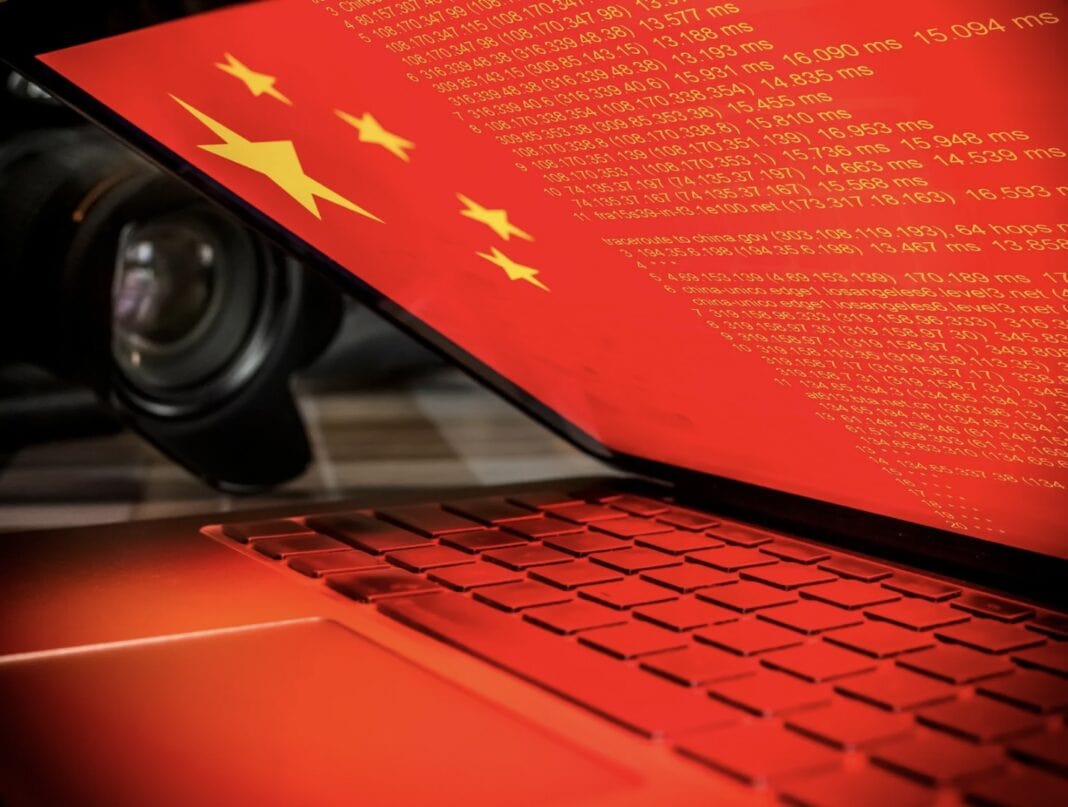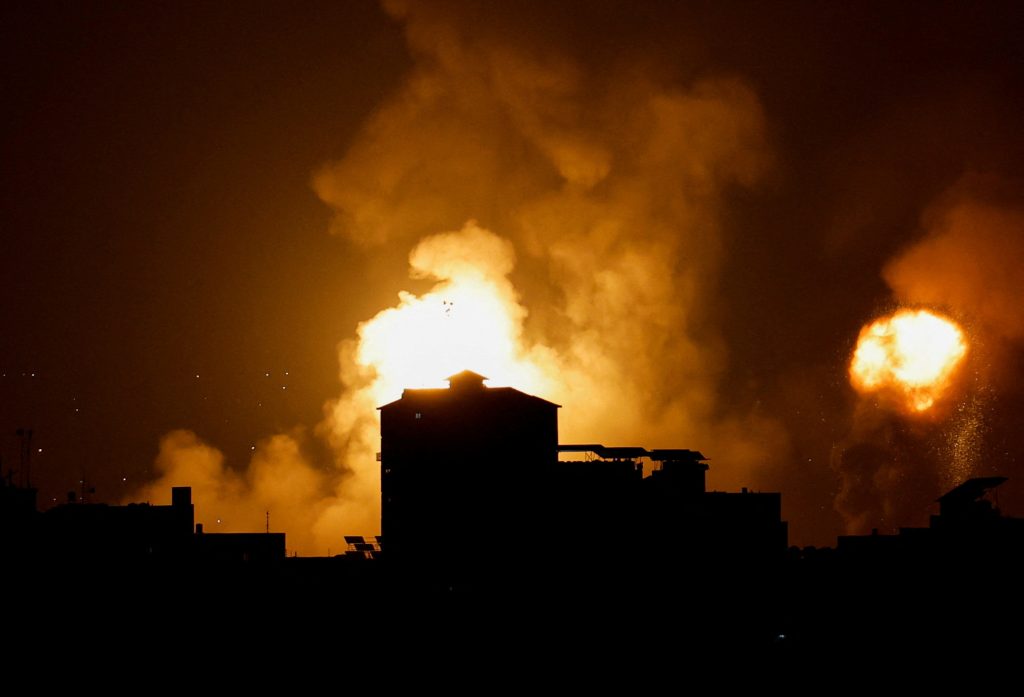South Asia Center and other experts
On May 9, 2023, former Pakistani Prime Minister Imran Khan was arrested over corruption charges during his court visit in Islamabad. This sparked nationwide protests, leading to internet blockages across the country. The arrest follows longstanding tensions with and attempts to apprehend Khan, adding to Pakistan’s already escalating political and economic crises.
To offer insights about the implications of Khan’s arrest for Pakistan, the Atlantic Council’s Pakistan Initiative asked experts to react to recent developments below.
To learn more about the arrest, tune in below with Pakistan Initiative Director Uzair Younus.
Pakistan’s self-created vortex
Just when one imagined Pakistan could not sink further into an economic and political morass, its leaders, civil and military, appear to have come up with yet another unnecessary crisis. The use of the military to arrest former Prime Minister Imran Khan in the sacrosanct confines of the Islamabad High Court reflects the inability of Pakistani political leaders to provide a coherent strategy to fight its economic and political woes. It also represents the inability of its military leaders to resist political engineering.
If the ultimate aim is to rid Pakistani politics of Imran Khan, then the storm that appears to have been unleashed may produce unintended and unmanageable consequences. The military’s calculations appear to hinge on expectations of a declining trend of Khan’s popularity and an inflated view of its own ability to ride out street unrest. What it may not have calculated is the cumulative effect of unrest on the national economy, currently gasping for air and heading toward hyperinflation and default, as well on its own rank and file. Will schisms emerge within the military? Or, will the unrest and mayhem serve as an excuse to postpone, perhaps indefinitely, the provincial and national elections ordained by the Constitution? Pakistan can ill afford a coup on the Egyptian model. If that were to occur, the country would struggle to survive an extended period of chaos as an economic and political pariah.
















